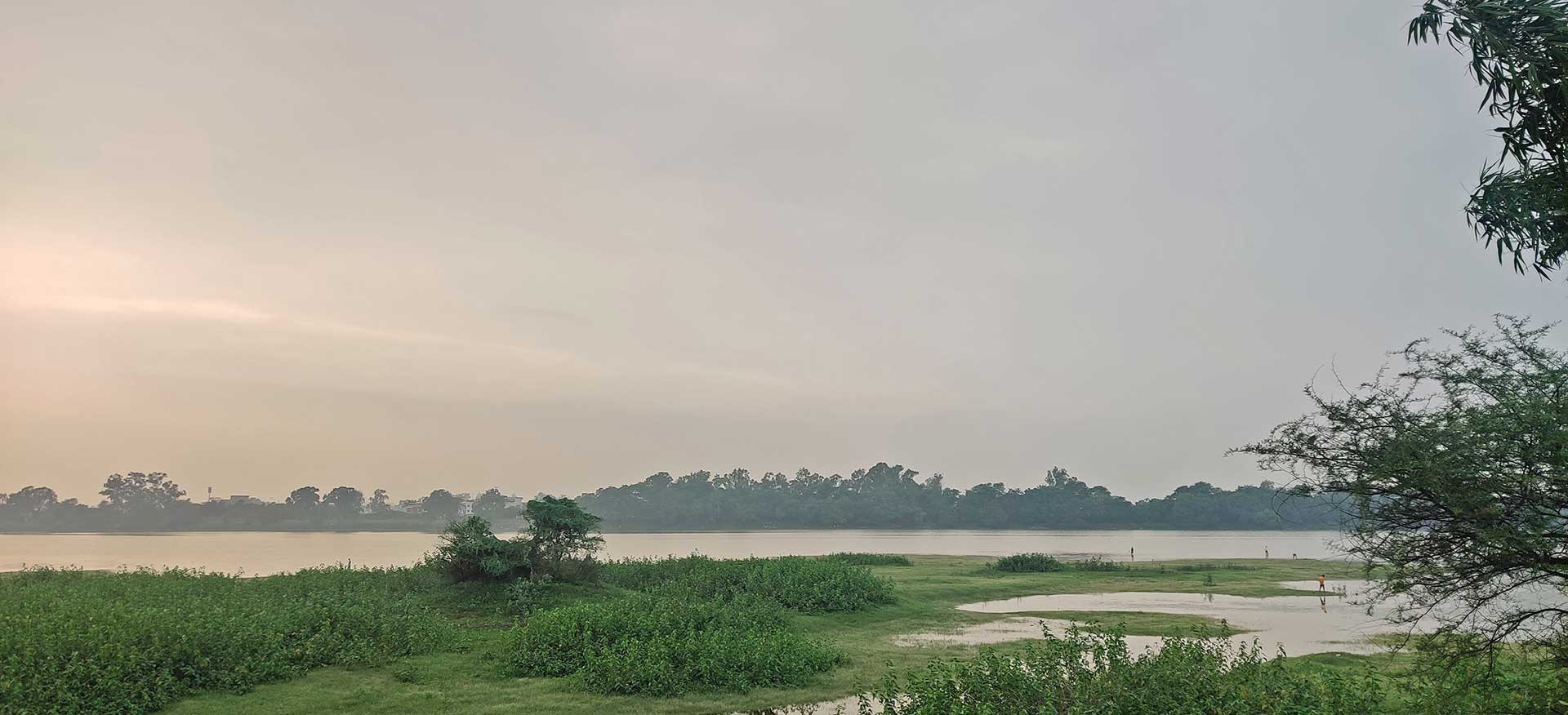On August 3, 2022, the Sirpur Wetland in Indore was declared a Ramsar Site along with nine other wetlands, increasing India’s tally to 64. The third notified Ramsar Site in the state of Madhya Pradesh, Sirpur Wetland is unique in that it is an urban lake which has been painstakingly restored from a state of utter deterioration.
Sirpur Wetland is a 670-acre lake, which is more than 130 years old, made by Maharaja Shivajirao Holkar to generate water supply for the city of Indore. The Indore City Gazette, 1908, has many references to Sirpur Lake, utilised for water supply and recreational purposes.
Situated on Dhar Road, just 2km from the busy Gangwal Bus Stand, the history of the lake goes back to the late 19th century when the erstwhile Holkar rulers had it made. It was surrounded by farms and forests and was situated away from the hustle and bustle of the city. Sirpur Lake gets its water from three channels, of which Sukhniwas Lake (now in the premises and custody of the RR Centre for Advanced Technology) is the prominent one.
The Avians of Sirpur
Sirpur Lake is inhabited by 189 species of birds, belonging to 55 families, according to records till December 2022. It is arguably one of the only remaining birdwatching sites where water birds can be recorded within city limits. The urban lake and wetland are also home to several species of reptiles, insects, butterflies and fish.
Sirpur has a wonderful mix of aquatic habitat, scrub jungle, open fallow land and a garden with big old trees of fig, tamarind and gulmohar. It boasts a huge resident avian population and is a haven for migratory birds that arrive during the winter. A birding trail which runs along the bund in the middle of the lake is perfect for close-range observation of different species of resident and migratory ducks, jacanas, moorhens, herons, egrets and other waders.
Tall trees that run along the lake periphery are a good place to spot passerines or perching birds. A wide range of bird species, mostly waders, can be seen at the shallow end of the lake. Shrubland birds can be seen dwelling in the fallow land adjoining the lake. Many resident birds breed here during the summer months, and birders can observe and study the complete breeding cycle of these birds.
At Sirpur Lake, there is a good chance you will see the shy and sulking Great Bittern, Yellow and Black Bittern. These species tend to keep themselves highly camouflaged amongst the reeds. Migratory ducks like Eurasian Wigeon, Ruddy Shelduck, Red-crested Pochard, Northern Pintail, Northern Shoveler, Gadwall and Garganey visit Sirpur every winter. Even birds like Eurasian Hobby, Peregrine Falcon and Collared Pratincole have been recorded here, as well as the Greater Flamingo. More importantly, this wetland is the breeding ground for a large variety of resident avian species, making it invaluable that the wetland is protected in the future.
You may also like to read
The People of Sirpur
Along with the growth and expansion of the city limits, Sirpur Lake also underwent a cycle of haphazard development and colonisation in its vicinity and surroundings. Today, an urban population of around one million lives around the lake and it is facing tremendous pressure from legal and illegal settlements within its catchment areas.
For the last 28 years, The Nature Volunteers (an NGO formed by Indore’s passionate environmentalists) has been working tirelessly for the conservation of Sirpur Lake. The NGO organises regular programmes and initiatives to increase awareness about the wetland and its importance, such as water conservation awareness drives, biodiversity conservation workshops, birdwatching camps, water testing drives and bird count surveys, to name a few.
Detailed bird surveys are carried out in Sirpur to document the presence/absence of avifauna, based on which authorities identify the species that require immediate conservation attention. The documented decline of bird populations across the nation and worldwide make it all the more necessary to protect wetlands like Sirpur.
The relentless efforts of The Nature Volunteers have generated genuine awareness amongst locals and state residents. Today, communities around the lake have joined hands with the NGO and the government to restore the lake to its former glory. The Ramsar Site designation for Sirpur Wetland is a result of their work with the Environmental Planning & Coordination Organisation (EPCO) and Indore Municipal Corporation (IMC). A significant step that will come to the rescue of all the birds, butterflies, reptiles, amphibians and mammals that call this wetland home.








